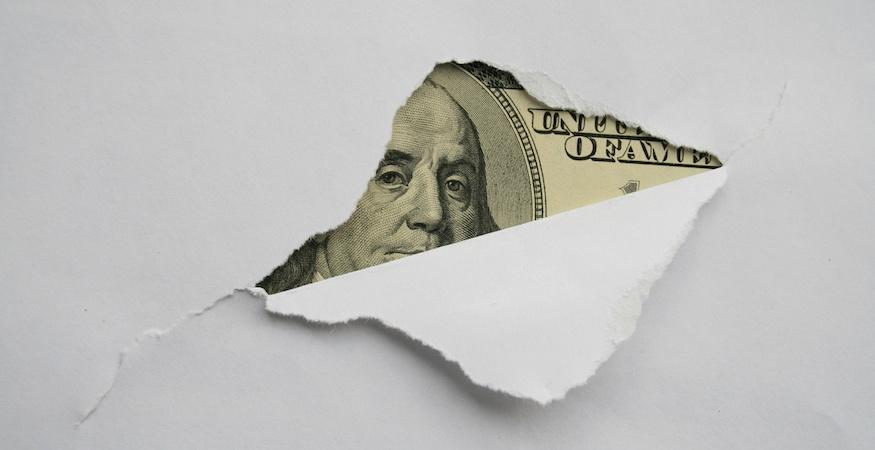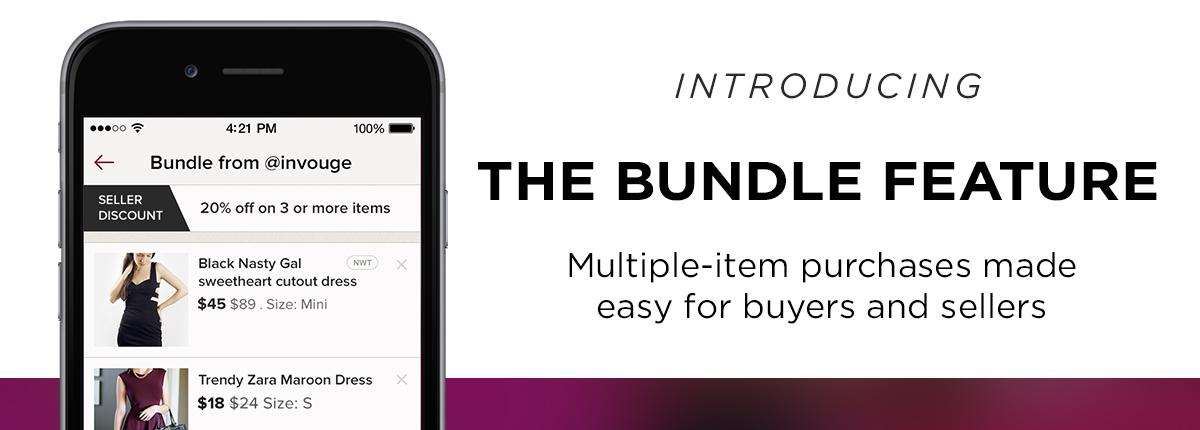In today’s consumer-driven marketplace, bundle deals have become a ubiquitous strategy employed by retailers to entice customers with the promise of savings and convenience. From tech gadgets to streaming services, these offers often claim to provide more value for less money. However, the question remains: do bundle deals genuinely deliver on their promise of cost savings, or do they conceal hidden expenses that undermine their appeal? This article delves into the complexities of bundle deals, examining both their potential benefits and the often-overlooked drawbacks. Through an analytical lens, we aim to unravel whether these packages are a savvy financial choice or a subtle marketing ploy that could lead to unexpected costs.
Evaluating the True Cost of Bundle Deals
When considering bundle deals, it’s crucial to assess the true cost beyond the enticing price tags. While these offers often promise significant savings, they can sometimes lead to unexpected expenses. For instance, purchasing a bundle might include items you don’t need, ultimately inflating the total cost. This phenomenon, known as “bundling bias,” can make the perceived value seem higher than it truly is.
Consider the following potential hidden costs:
- Unused Products: Items that remain unused can be a financial drain rather than a saving.
- Quality Compromise: Bundles might include lower-quality items to keep prices attractive.
- Upgraded Needs: Some bundles require additional purchases to fully utilize the included products.
Analyzing these factors can help determine whether a bundle deal is genuinely cost-effective or simply a marketing strategy that benefits the seller more than the buyer.

Understanding the Psychology Behind Bundled Pricing
At the heart of bundled pricing lies a fascinating interplay of cognitive biases and consumer behavior. One of the key psychological factors is the perception of value. When products are bundled together, consumers often perceive the package as offering more value than purchasing each item individually. This is largely due to the contrast effect, where the price of the bundle seems more attractive compared to the sum of individual prices. Additionally, the endowment effect plays a role; consumers value the items in a bundle more once they own them, even if they didn’t initially need all the items.
- Decoy Pricing: Bundles often include a less desirable item, making the overall deal appear more attractive.
- Loss Aversion: The fear of missing out on a deal can push consumers to purchase bundles to avoid potential regret.
- Simplification: Bundles reduce decision fatigue by simplifying choices, appealing to consumers who prefer convenience.
While bundled pricing can offer savings, it’s crucial to recognize these psychological triggers that might lead consumers to overlook hidden costs or buy more than necessary. Understanding these dynamics helps consumers make more informed purchasing decisions, ensuring they truly benefit from the deals offered.

Identifying Hidden Fees and Charges in Bundle Offers
When evaluating bundle deals, it’s crucial to scrutinize the fine print to uncover any hidden fees that might be lurking beneath the surface. Often, these deals are designed to appear cost-effective, yet they might include charges that aren’t immediately apparent. Here are some common pitfalls to watch out for:
- Activation Fees: Some bundles may require a one-time activation fee that can significantly impact the initial cost.
- Service Charges: Regular service fees might be bundled into the package, inflating the overall price without clear disclosure.
- Equipment Rentals: Bundles often include equipment like routers or set-top boxes, which may incur rental charges that aren’t included in the advertised price.
- Contractual Obligations: Be wary of long-term contracts with hefty early termination fees, which can turn a seemingly good deal into a costly commitment.
- Price Increases: Introductory rates may rise after a promotional period, so it’s essential to understand the long-term costs involved.
By identifying these hidden charges, consumers can make more informed decisions, ensuring that the perceived savings in bundle offers are genuine and not overshadowed by unexpected expenses.

Strategic Tips for Maximizing Value from Bundled Purchases
When evaluating bundled purchases, it’s crucial to adopt a strategic approach to ensure you’re truly gaining value. Research each component of the bundle separately to understand its individual worth. This helps in assessing whether the collective price is indeed a bargain or just cleverly marketed. Often, bundles include items that may not be immediately needed or used, so consider if each item aligns with your needs or preferences.
- Prioritize needs over wants: Determine which items are essential and if they justify the bundled cost.
- Analyze long-term usage: Consider the longevity and utility of each product within the bundle.
- Watch for promotional add-ons: Sometimes, extras are included to sweeten the deal, but may not add real value.
By being methodical in your approach, you can maximize the benefits and minimize any hidden costs associated with bundled purchases. Remember, the key is to focus on overall value rather than the allure of a seemingly discounted price.



